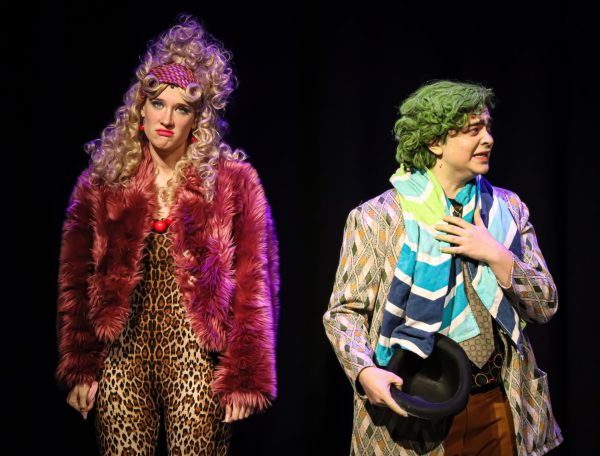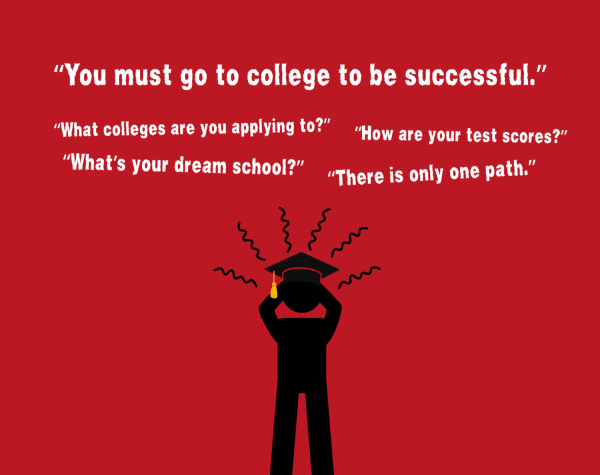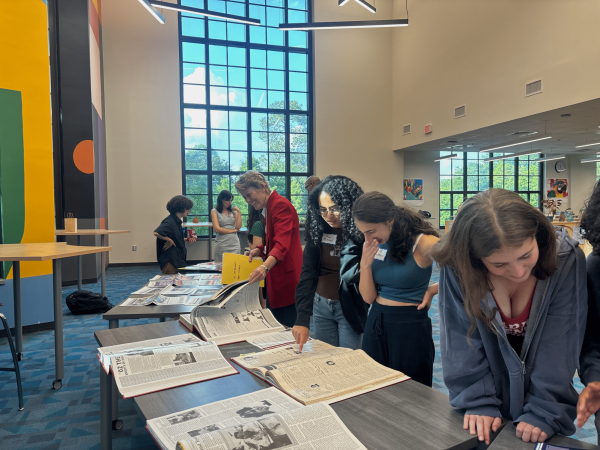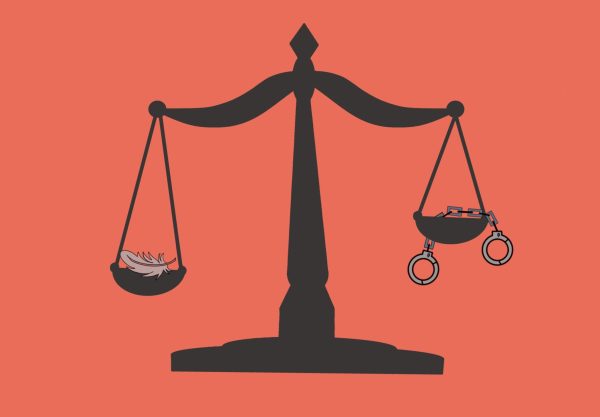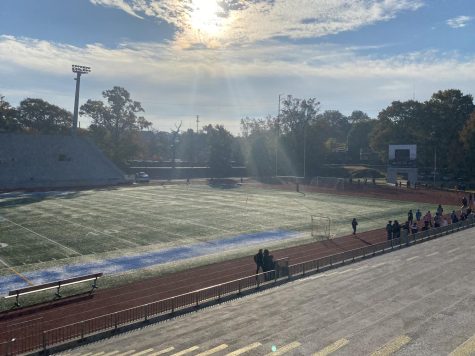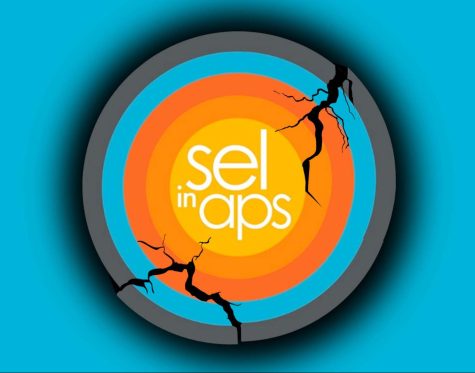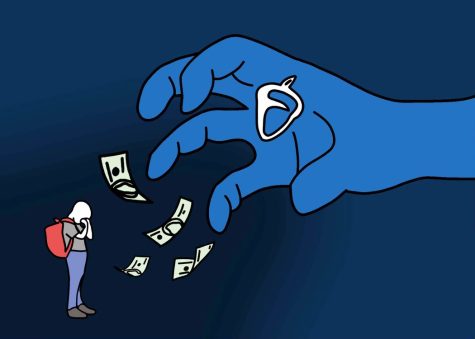Teaching LGBT+ history would benefit all
By Joanna Baker
Comment
Historically, America’s gay, bisexual, transgender, and queer (LGBT+) community has been chronically misrepresented and underrepresented. Throughout the 20th century, their very existence was reduced to nothing more than religious slogans and advertisements.
Outspoken anti-gay opponents such as singer and political activist Anita Bryant reinforced a general public view of queer people as abuse victims, pedophiles, and troubled kids. But there has been a major cultural shift since then: more people are coming out as LGBT+ than ever before, faster and at an earlier age. A previously silenced culture is finally having their voices heard, and schools have a responsibility to recognize this and take it into account.
Many schools, including Grady, claim to champion diversity, but their curricula simply doesn’t reflect their student populations. Atlanta has a highly concentrated population of LGBT+ people, and this extends to Atlanta Public Schools. However, very few pieces of the queer community’s extremely rich history are ever mentioned in a classroom.
For example, leaders like Harvey Milk, the first openly-gay elected official in California, set new precedents for the LGBT+ community, and trans women of color like Marsha P. Johnson and Sylvia Rivera stood at the forefront of late 20th century LGBT+ rights.There is the story of the riots at Stonewall Inn in New York City’s Greenwhich Village, or the underground drag scene of the 1920’s that shifted our society’s idea of gender roles.
It’s very easy to find influences of the LGBT+ community in our country’s history. As a school system that calls itself progressive, Atlanta Public Schools should be held accountable for the lack of queer history being taught.
But arguably one of the most important implications of teaching LGBT+ history in schools is that it would build a solid foundation for the general public to be more cognizant, open-minded, and accepting. The education system has much more power over opinions than it gets credit for. If all students are given LGBT+ icons to learn about and look up to who extend past the stereotype of the “effeminate white man,” there could be major cultural change at a deeply personal level.
The LGBT+ community often faces backlash for religious reasons. Although a large portion of religious people are perfectly accepting of the LGBT+ community, some very devout people may object to the inclusion of the queer community in the common core, citing religious freedom, a valid argument. However, this is not a matter of religions or politics; it’s a matter of basic human rights. Every student deserves a chance to feel represented and appreciated, regardless of in what way.
The history of the LGBT+ community is important to learn whether or not someone agrees with the subject matter. Queer leaders have contributed a lot to American history, and they have helped shape the views and values we as a society hold today. The LGBT+ community is one with its history, and inseparably so. Therefore, it’s up to the schools to tell the truth.

